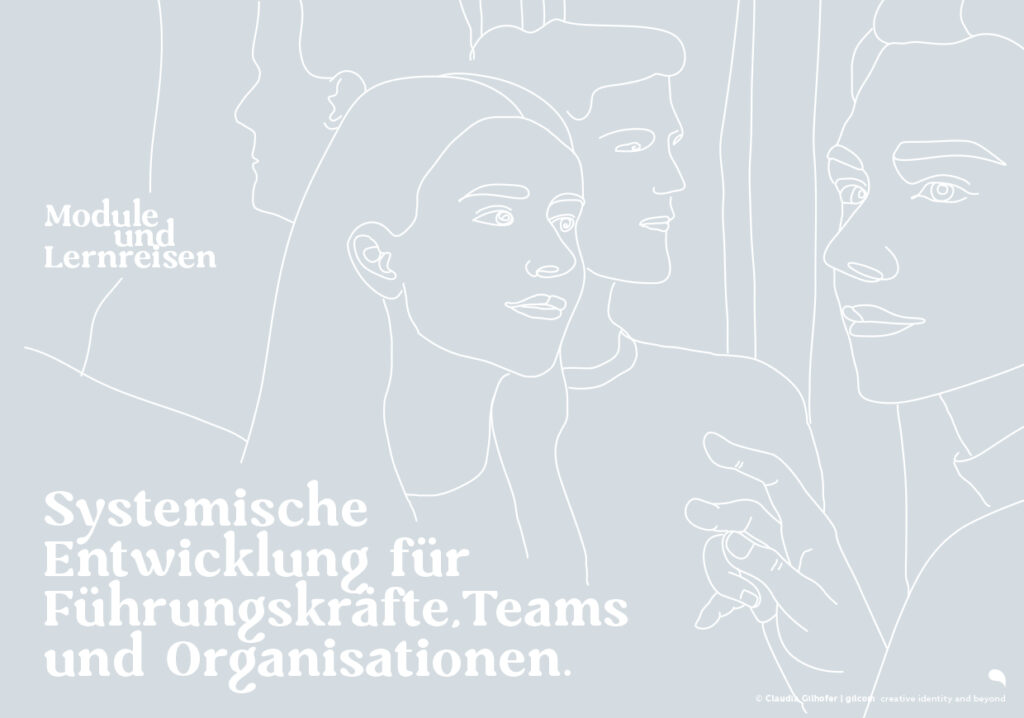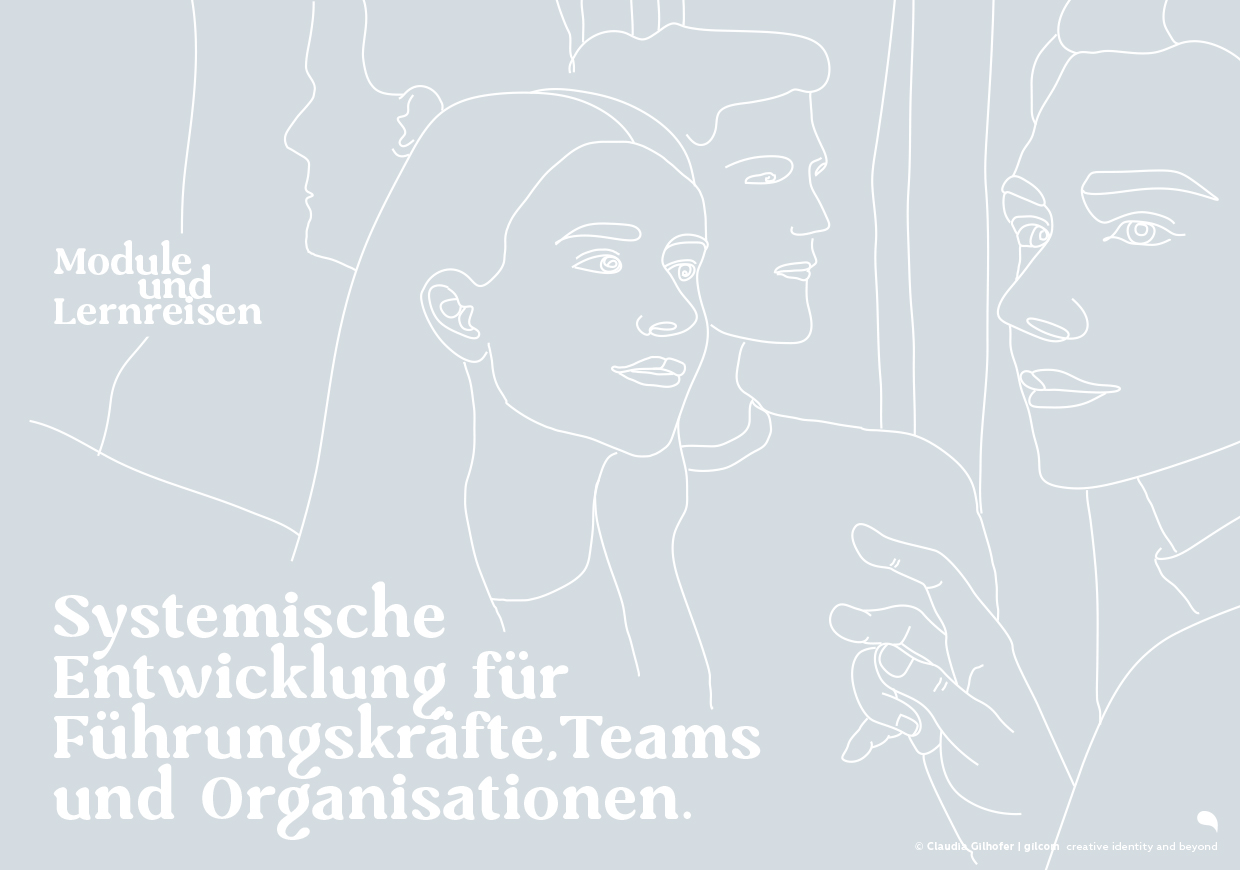We live in a reality of constant transformation. Markets shift, technologies evolve exponentially, and expectations change faster than strategies can be implemented. Today’s leaders don’t face the question of whether something will change – but how their organization deals with it. And how we shape our future together.
Yet we often witness the same pattern: reacting too late, then hoping it’s still not too late. When transformation pressure leaves no choice, there’s a hasty attempt to optimize retroactively and quickly patch one process gap after another. What follows is an endless whack-a-mole approach. Ultimately, investments are made in tools and technologies, but less in what truly makes change sustainable: in the attitudes and capabilities of people who actively shape the organization’s future together with their teams.
The future doesn’t ask if we’re ready for it. What matters is the readiness with which we meet it. Whether with avoidance or creative power, with exhaustion or resilience, with blind activism or systemic clarity. Each individual attitude contributes to whether transformation succeeds or becomes a permanent burden.
Why Inaction Costs Too Much
Who can still afford this? According to the Gallup-Study 2024, quiet quitting costs Germany between 113 and 135 billion euros. At the same time, only 21 percent of employees fully trust their leaders. In 2019, it was 49 percent.
These numbers aren’t a footnote. They’re a systemic indicator. They show: Organizations don’t lose productivity through missing strategies or inadequate digitalization, but through friction losses, demotivation, and lack of orientation.
While AI, automation, and new ways of working are touted as efficiency promises, it’s clear: technology alone doesn’t create future capability. It can take over routines, accelerate processes – but it cannot think ahead, bear responsibility, or shape culture. This cannot be delegated: relationship work is and remains a human task.
Systemic Clarity Instead of Short-Term Solution
What moves organiszations forward is systemic clarity. An understanding of how people, technology, and culture interact. And the competence to translate these dynamics into lived routines.
What does this mean concretely?
Rethinking leadership: Hybrid teams of humans and AI don’t need traditional instructions, but transparent decision logic, role clarity, and integrity – as well as the ability to balance efficiency and ethical responsibility.
Understanding motivation as a systemic question: Demotivation doesn’t arise from lack of will, but from contradictory expectations, overload, and missing resonance. Don’t just appeal! Those who want to strengthen intrinsic motivation must optimize the framework conditions.
Grasping resilience as a leadership task: Teams don’t become resilient because someone prescribes or wishes it. Resilience emerges through recurring routines, psychological safety, and the ability to consciously learn from crises.
Building future competence: Those who want to co-create the future need more than forecasts. It requires confidence, critical thinking, and the willingness to open possibility spaces. This can be learned and trained.
This Pays Off
Studys show: Companies with high emotional commitment have 78 percent fewer absences, 63 percent fewer workplace accidents, 32 percent fewer quality defects – and simultaneously significantly lower turnover and higher productivity.
How Change Succeeds:
Modules, Learning Journeys, Systemic Support
Systemic change requires more than a short-term event in between. It demands continuous support. With well-designed formats that provide orientation, strengthen ability to act, enable sustainable development and make it tangible.
Like my formats, for example:
Human Leadership between Code and Compass:
How do I lead hybrid teams of humans and machines – while remaining capable of action, self-effective, and human?
Using Artificial Intelligence Properly:
How do we use AI productively without amplifying inefficient results or risky misapplications?
ReMOTIVation:
How do we make the true causes of demotivation visible and activate resources in daily work?
Resilient Organizational Culture:
How do we systematically build resilience – individually, collectively, and organizationally?
All my formats combine reflection with transfer, theory with practice, systemic thinking with concrete routines. Not as a short-term event, but designed for a shared, continuous journey that makes development tangible and visible. What’s crucial for progress is the active participation of all involved. Systemic development requires willingness to reflect and the commitment to change – at all levels.
How we approach the future determines where it leads us.
Let’s take the next step – let’s work on this together.
With best Wishes
Claudia Gilhofer

Never stop evolving.
Stay human.
[ Communication | Human | Brand ]
__
gil com | creative identity and beyond
Communication design with integrity – as a connecting force between people, brand and technology. With a systemic perspective on strategy, expression and resonance. So that brand and organizational culture can evolve – vibrant and future-ready.
Claudia Gilhofer:
Creative Planner | Systemic Business Coach | Communication Psychologist in Training
Creative thinker with systemic view of what truly matters – including the power to shape and forward-looking curiosity for what’s ahead.





